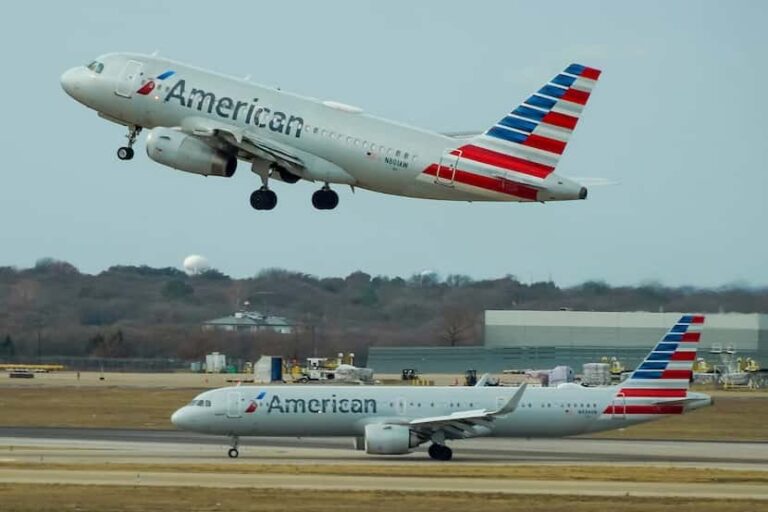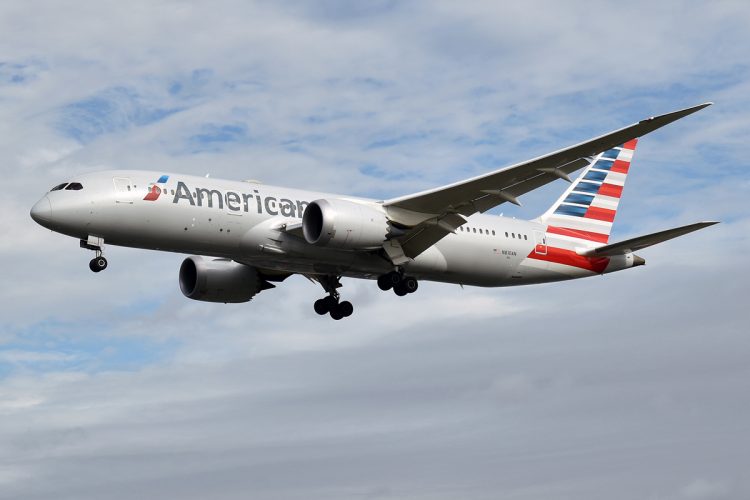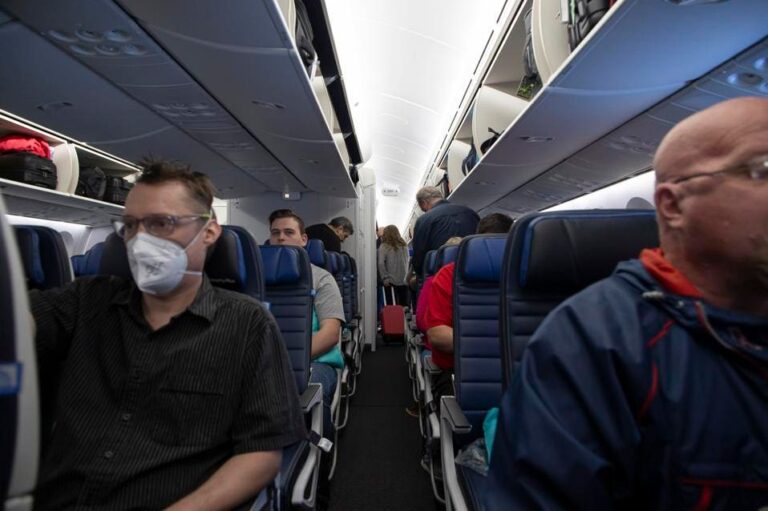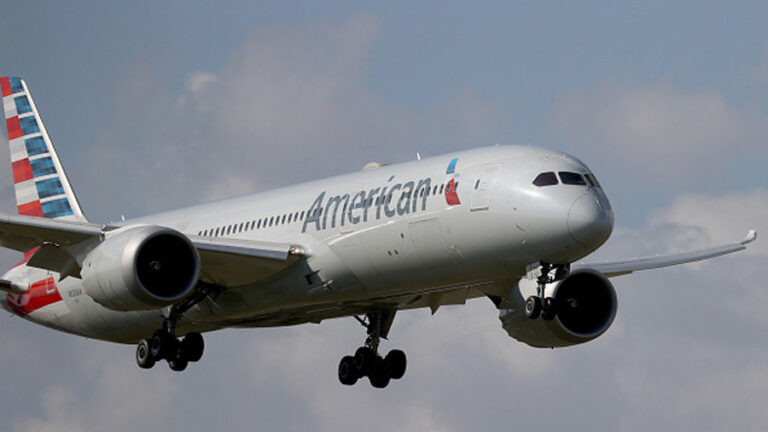United Air Teams Up With NOAA to Track High-Altitude Pollution
United Air Teams Up With NOAA to Track High-Altitude Pollution
The US government and United Airlines Holdings Inc. will use a commercial aircraft to monitor greenhouse gases throughout the atmosphere, a first-of-its-kind collaboration that promises to vastly expand what scientists know about how planet-warming pollution behaves in the sky.
Under a deal reached between the airline and the National Oceanic and Atmospheric Administration, a Boeing 737 will be equipped with instruments to measure carbon dioxide, methane, nitrous oxide and other greenhouse gases as it ferries passengers around the country. The partnership is one of several initiatives being highlighted by the White House Tuesday as it holds a summit on “super pollutants,” greenhouse gases that cause far more warming per pound than carbon dioxide.
The United agreement could eventually lead to widespread greenhouse gas monitoring by commercial aircraft. And the flights will give scientists an up-close look at how these compounds behave in different levels of the atmosphere, said NOAA chief scientist Sarah Kapnick. Flights are on track to begin next spring, with the plane expected to take continuous measurements as it flies between cities, at varying altitudes and on different routes.
United Air Teams Up With NOAA to Track High-Altitude Pollution
Image by xphotoz via iStock
The U.S. government and United Airlines Holdings Inc. will use a commercial aircraft to monitor greenhouse gases throughout the atmosphere.
“This will give us a clearer picture of greenhouse gases in the atmosphere, the sources and sinks of them, a better understanding of the chemistry of them, about how they may vary in time,” she said in an interview. “Having more information about what’s happening in the life cycle of that molecule when it’s in the atmosphere is really important for us understanding the impact it has on pollution, on weather forecasting and climate.”
Scientists have for decades collected carbon dioxide readings close to the ground, and satellites now gather information from orbit. But there’s relatively little measurement conducted in between, at different levels of the atmosphere. Research flights with private pilots provide some data, Kapnick said, but the single commercial plane flown by United could yield four times as much each year.
The 100-pound instrument package — 22 inches (56 centimeters) long and 18 across — will be attached to the fuselage of the plane, a location honed during earlier assessments with Boeing. The approach is not unlike the meteorological data and weather observations already collected by commercial airliners in conjunction with the National Weather Service.
The system could help scientists better understand the life cycle of methane, a particularly potent greenhouse gas, and pinpoint sudden methane leaks that might take days to be spotted by satellites.
Measurements could also help airlines address contrails, the wispy clouds formed when water vapor condenses and freezes around small particles in plane exhaust. Though contrails may last only a short time, they are a growing climate concern, since research shows they trap heat in the atmosphere just like naturally forming cirrus clouds. Knowledge about the location, concentration and movement of water vapor in the atmosphere could guide modeling and predictions about where contrails may form, so airlines could optimize flight plans to better avoid creating them, Kapnick said.
Separately, at the White House super pollutants summit Tuesday, the Biden administration will announce plans to deploy 10 ozone-monitoring systems to US embassies and consulates. And the Environmental Protection Agency will commit to making publicly available the data it receives from third parties about big methane leaks from oil and gas operations.






